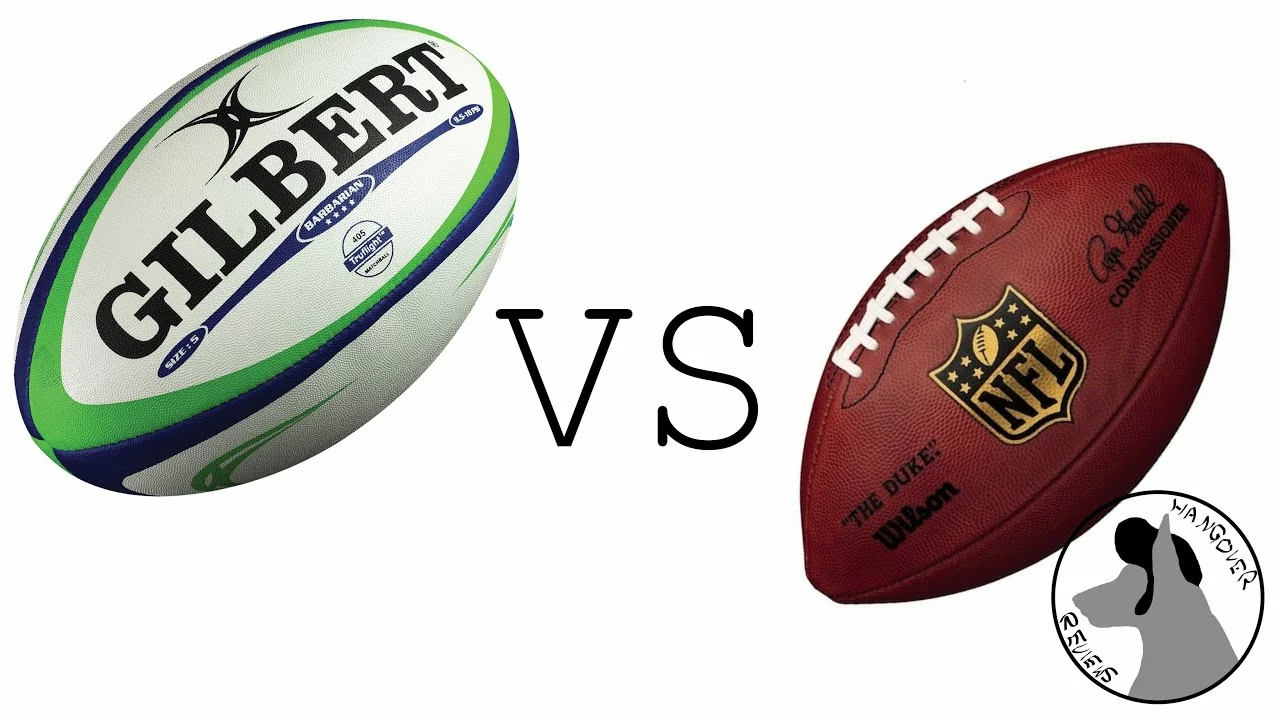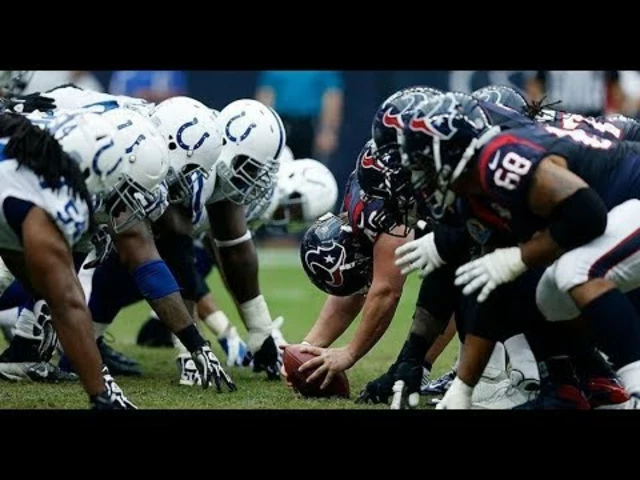Rugby Invention – The Birth of a Global Sport
Ever wonder how a schoolyard scuffle turned into a worldwide sport? It all started in 1823 at Rugby School in England when a boy named William Webb Ellis supposedly grabbed the ball during a football game and ran with it. That daring move sparked a whole new set of rules and a game that still thrills fans today.
From a Simple Run to Formal Rules
After Ellis's famous run, teachers began tweaking the game to keep it safe and fair. By the 1840s they introduced the “line of scrimmage” and the idea of tackling. The first written rules appeared in 1845, outlining how many players each side could have and how the ball could be handled.
Why the Invention Still Matters
The early decisions – like allowing only backward passes and rewarding teamwork over individual heroics – set rugby apart from other football codes. Those choices shape everything from the way teams train to the excitement fans feel watching a try scored after a long, strategic build‑up.
Understanding the invention helps new players see why certain drills exist. For example, you’ll notice coaches stress lateral movement and support play because those tactics mirror the original spirit of the game: keep the ball moving, stay together, and push forward as a unit.
Even the scoring system has roots in the early days. A try originally didn’t give points; it merely gave a chance to kick for goal. Today a try is worth five points, but the idea of earning a chance to convert still echoes that original rule.
If you’re curious about the timeline, here’s a quick snapshot:
- 1823 – William Webb Ellis runs with the ball at Rugby School.
- 1845 – First set of written Rugby rules compiled.
- 1863 – The Rugby Football Union (RFU) forms, standardising the game.
- 1871 – First international match: England vs. Scotland.
- 1895 – Split into Rugby Union and Rugby League over professionalism.
These milestones show how a simple rule change grew into a sport with two major codes, millions of fans, and a spot in the Olympics.
When you watch a modern match, think about how the ball’s shape, the forward pass ban, and the emphasis on continuous play all trace back to that 19th‑century schoolyard experiment. The invention of rugby isn’t just a story; it’s the foundation for every scrum, line‑out, and try you’ll see on TV.
So next time you pick up a ball or cheer from the stands, remember: rugby’s roots are as gritty and inventive as the players themselves. The game’s past keeps it fresh, and knowing that history makes every tackle feel a little more meaningful.

Was rugby invented before American football?
Absolutely, rugby was indeed invented before American football. The origins of rugby date back to the early 19th century in England, while American football didn't come into existence until later in the same century. It's interesting to note that the development of American football was actually influenced by both rugby and soccer. So, in a sense, rugby is the older sibling of American football. It's fascinating to see how one sport can evolve from another, isn't it?
Jul 23 2023




